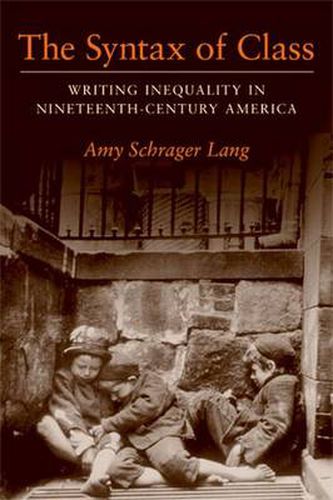Lacking a native language for expressing class differences, American writers in the wake of the European revolutions of 1848 struggled to find social taxonomies able to capture - and manage - increasingly apparent inequalities of wealth and power. As new social types emerged, and with them, new narratives of success and failure, police and reformers became weary of the dangerous classes, while novelists as different as Maria Cummins, Nathaniel Hawthorne, Frank Webb, Elizabeth Stuart Phelps, and Horatio Alger, Jr., focused their attention on engagements across the lines of class. Writers turned to the middle-class idea of home as a figure for social harmony and to the lexicons of race and gender in their effort to devise a syntax for the representation of class. Amy Schrager Lang’s finely achieved study charts the terms through which these writers rendered class distinctions, and follows these renderings as they circulated in and through a wider cultural discourse about the dangers of class conflict. The result is a valuable exploration of the operation of class in nineteenth-century American fiction - and of the entanglements of this language with those of race and gender.





